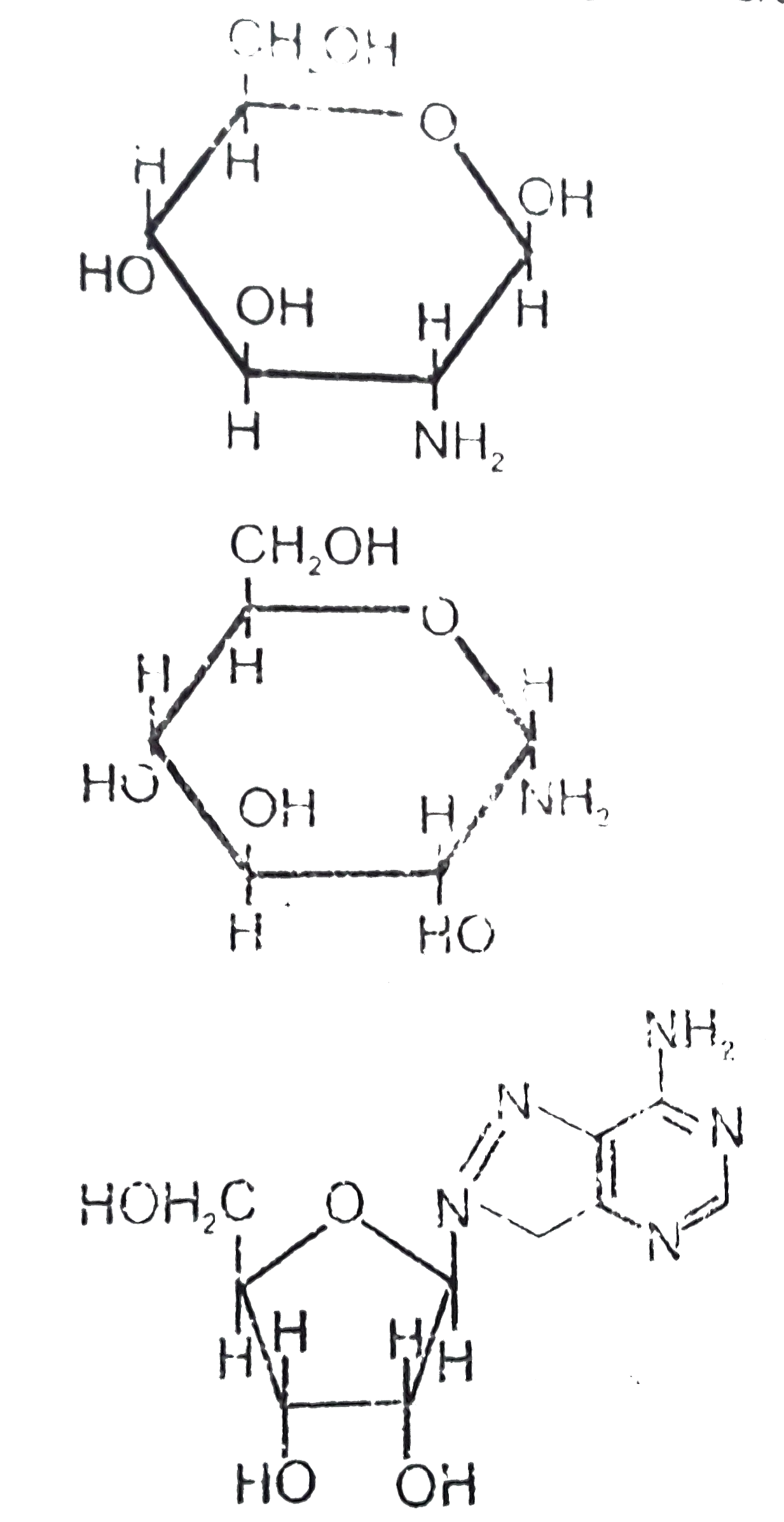Fill in the blank.
Sugar on reaction with ________ gives sugar charcoal.
To solve the question "Sugar on reaction with ________ gives sugar charcoal," we need to identify the reactant that, when combined with sugar, leads to the formation of sugar charcoal.
1. Identify the Type of Sugar:
- The sugar referred to in the question is likely table sugar, which is scientifically known as sucrose. The chemical formula for sucrose is C12H22O11.
2. Understand the Desired Product:
- The product mentioned is "sugar charcoal." Charcoal is primarily composed of carbon.
3. Determine the Reaction Needed:
- To convert sucrose into charcoal, we need to remove the hydrogen and oxygen atoms from the sucrose molecule. This process is known as dehydration.
4. Identify a Suitable Dehydrating Agent:
- A common dehydrating agent that can effectively remove water (H2O) from a compound is concentrated sulfuric acid (H2SO4).
5. Write the Reaction:
- When sucrose reacts with concentrated sulfuric acid, the acid removes water from the sugar, leading to the formation of carbon (charcoal) and water. The reaction can be summarized as:
C12H22O11+H2SO4→C+H2O
- In this reaction, the sulfuric acid acts to dehydrate the sugar, resulting in the formation of sugar charcoal.
6. Fill in the Blank:
- Based on the above analysis, the blank can be filled with "concentrated sulfuric acid."
Final Answer:
Sugar on reaction with concentrated sulfuric acid gives sugar charcoal.
---
- The sugar referred to in the question is likely table sugar, which is scientifically known as sucrose. The chemical formula for sucrose is C12H22O11.
- The product mentioned is "sugar charcoal." Charcoal is primarily composed of carbon.
- To convert sucrose into charcoal, we need to remove the hydrogen and oxygen atoms from the sucrose molecule. This process is known as dehydration.
- A common dehydrating agent that can effectively remove water (H2O) from a compound is concentrated sulfuric acid (H2SO4).
- When sucrose reacts with concentrated sulfuric acid, the acid removes water from the sugar, leading to the formation of carbon (charcoal) and water. The reaction can be summarized as:
C12H22O11+H2SO4→C+H2O
- In this reaction, the sulfuric acid acts to dehydrate the sugar, resulting in the formation of sugar charcoal.
- Based on the above analysis, the blank can be filled with "concentrated sulfuric acid."
Sugar on reaction with concentrated sulfuric acid gives sugar charcoal.
Similar Questions
Knowledge Check
- Question 1 - Select One
Sugars are
AOptically active polyhydroxy aldehydesBOptically active polyhydroxy ketonesCOptically active polyhydroxy aldehydes or ketonesDpolyhydroxy aldehydes or ketones which may or may not be optically active - Question 2 - Select One
Cane sugar on reaction with nitric acid gives
AHCOOHB(COOH)2CCO2 and SO2DCH3COOH - Question 3 - Select One
A hexose sugar is
AArabinoseBGalactoseCMannoseDBoth B and C.
Fill in the blanks
A sugar in which an amino group replaces the anomeric −OH is called glucosylamine. Also a sugar in which an amino group replaces a nonanomeric−OH is called an amino sugar. Fill the correct answer (glycosylamine//amino sugar) in the blanks and complete the statements
(i) View Solution
View SolutionDiscuss three important uses of sugar charcoal
View SolutionFill in the blanks with 'some' or 'any' :
Will you give me ...... sugar.View SolutionCan sugar is
View SolutionTable sugar is
View Solution

